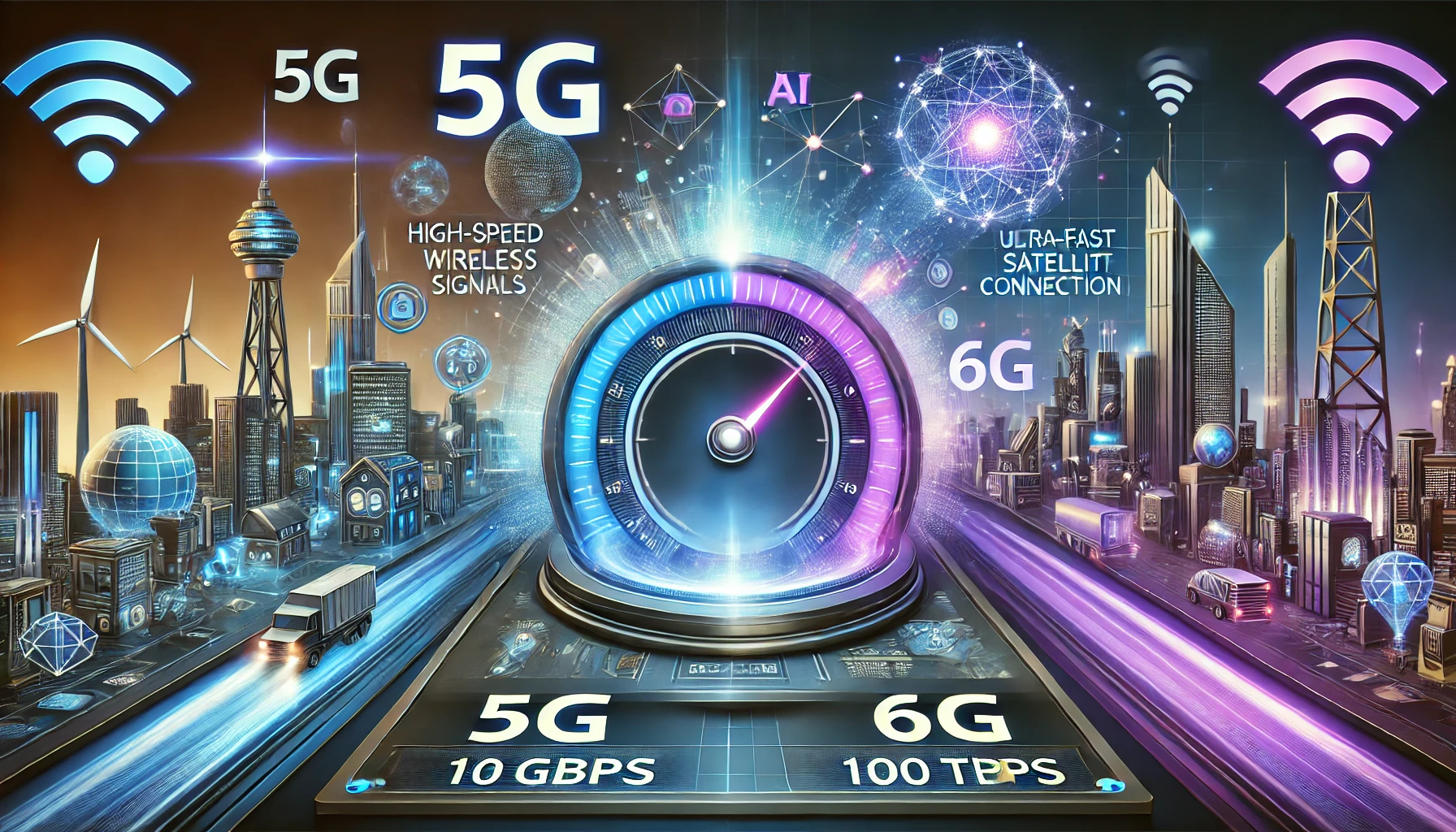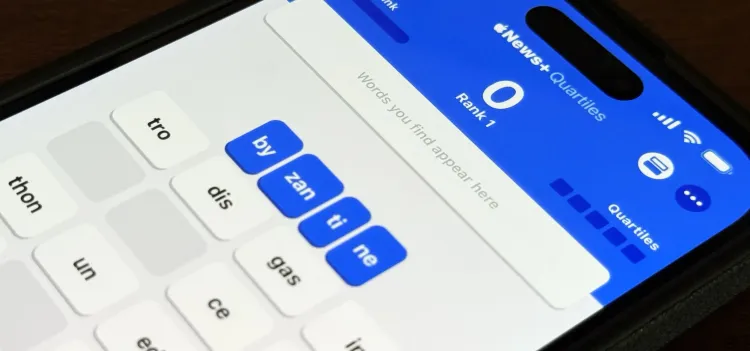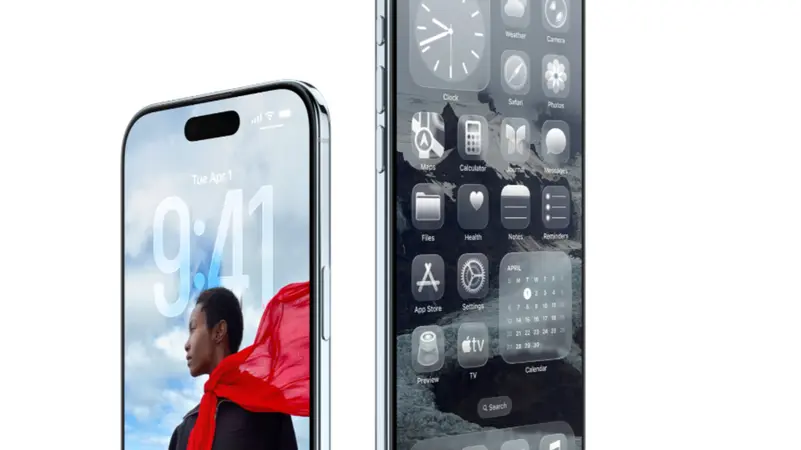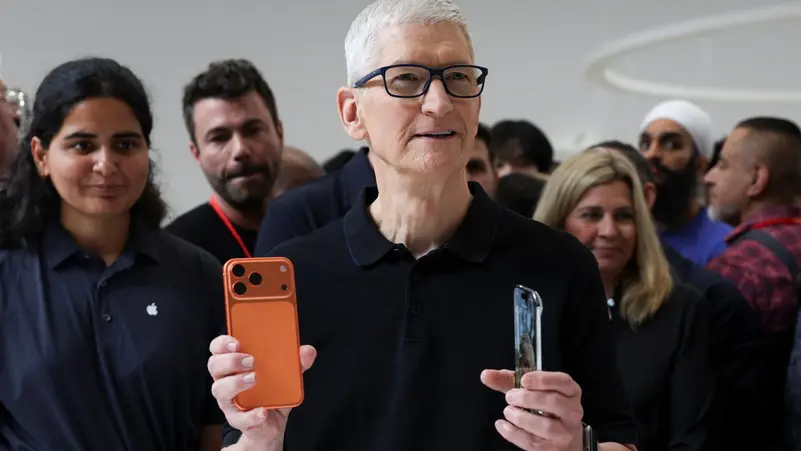5G vs 6G: What’s Next and How It Will Transform the World

The global race to deploy 5G networks has reached a tipping point. Major economies including the USA have rolled out commercial services, unlocking new media platforms, ultra‑fast streaming, and edge innovations. Yet, the horizon is already shifting toward 6G, a next-generation wireless standard that promises to reshape the future of communication, commerce, and everyday life.
1. Unpacking 5G: What Did It Achieve?
When 5G launched globally, expectations were sky-high—and most were met. Data transfer speeds reached up to 20 Gbps in ideal conditions, latency dropped to around 1 millisecond, and network reliability improved drastically. These enhancements allowed sectors from remote healthcare to virtual classrooms to flourish. In the market, telecom companies, device manufacturers, and app developers rode a surge of investment and demand.
Meanwhile, academic institutions like Columbia University conducted research into spectrum utilization and urban deployment strategies. Their findings continued to guide breakingnews discussions about how emerging markets in Asia, Europe, and the USA could prioritize investments in infrastructure.
2. The Rise of 6G: What’s on the Table?
Although still in early development phases, 6G is already garnering global attention. It aims to deliver speeds hundreds of times faster than 5G—up to hundreds of gigabits per second—with latency measured in microseconds. This leap enables technologies once thought futuristic: holographic telepresence, planet-scale sensor networks, and AI-driven traffic control systems.
Governments in Washington are exploring how to support research into terahertz bands and edge computing. JeromePowell indirectly influences these decisions; his market and economy guidance impacts capital flow toward innovation and spectrum acquisition. The WhiteHouse has initiated strategic frameworks tying national security to network leadership.
3. Technical Comparison: Speed, Spectrum & Intelligence
| Feature | 5G | 6G (Projected) |
|---|---|---|
| Peak Speed | ~20 Gbps | Up to 100–200 Gbps |
| Latency | ~1 ms | Under 100 μs |
| Spectrum | Mid- & high‑band (GHz) | Terahertz (THz) frequencies |
| Intelligence Layer | Centralized, cloud‑based | AI‑embedded at edge, autonomous optimization |
5G already revolutionized latency and connectivity. However, 6G adds decentralized, intelligent decision-making—allowing devices to self-manage network traffic and energy consumption without human input.
4. Real-World Scenarios: How 6G Will Be Used
Healthcare & Remote Surgery
High-speed, ultra-reliable connections will allow global surgeons to operate remotely with augmented-reality tools. Real-time feedback, haptic response, and synchronized visuals will turn lifethreatening operations into borderless procedures.
Industry 4.0 & Autonomous Logistics
Smart factories will leverage sensor arrays to dynamically self-optimize. In transportation, fleets of driverless trucks will coordinate seamlessly using ultra-low-latency networking—a transformation of traditional logistics and warehouse management.
Smart Cities & Environmental Management
Connected streetlights, traffic sensors, and energy grids will function as a cohesive ecosystem. Cities will use new media infrastructure to monitor pollution, manage emergencies, and reduce power waste—delivering real-time adjustments that improve quality of life.
5. Economic & Policy Impacts
R&D funding from almighty Columbia University and global labs drives early prototyping. Public policy initiatives in the USA and nations like South Korea and Finland outline 6G rollout timelines spanning from 2025 to 2028.
Policy deliberations in Washington and the WhiteHouse revolve around spectrum licensing, infrastructure funding, and cybersecurity mandates. Individuals like JeromePowell influence fiscal conditions affecting tech investments and innovation grants.
In the market, early sightings of 6G pilot cities attract startups, telcos, and enterprise investments. Chipmakers and infrastructure firms compete to patent core technologies—echoing early 5G battles.
6. Politics, Security & International Competition
Politics now extend into connectivity. Nations view 6G leadership as a strategic asset. Security discussions emphasize data sovereignty, trusted vendors, and resiliency against cyberattacks.
News storms labeled breakingnews increasingly cover state-sponsored espionage tied to telecom backdoors. U.S. officials cite these risks in pushing for standards and regulations that protect critical infrastructure from foreign interference.
7. Role of Media and Thought Leaders
Media personalities and pundits amplify technical discussions. Popular voices such as JesseWatters and GregGutfeld on shows like Gutfeld help translate technical complexities into mainstream conversation. This cross-pollination between entertainment and tech helps shape public sentiment and consumer expectations.
Simultaneously, new media platforms—blogs, micro‑influencers, podcasts—speed up discourse. Viral trumpnews tech memes and hashtag campaigns turn technical policy into pop culture—and occasionally political battlegrounds.
8. Challenges & Ethical Concerns
Infrastructure Costs & Access Gaps
The high cost of global 6G rollout risks widening the digital divide. Rural areas may fall behind, prompting equity debates in washington and funding contingency in the WhiteHouse.
Health & Environmental Concerns
Public skepticism revolves around terahertz radiation risks. Dense micro-cell installations raise environmental concerns, prompting regulatory scrutiny.
AI Ethics at the Edge
6G networks operating with embedded AI raise questions about transparency, fairness, and bias. Who governs decisions when autonomous traffic control or data prioritization affects public life?
9. Timeline & Global Forecast
-
Late 2020s: Global R&D and testbeds launch across labs in the USA, Europe, and Asia. 2030 remains the earliest viable commercial start.
-
Early 2030s: Early adopters initiate limited regional deployment.
-
By 2035: Full ecosystem adoption, including holography, real-time global digital twins, and fully automated delivery systems.
The shift from 5G to 6G will be evolutionary, building on existing fiber-optic and satellite infrastructure to deliver a seamless global network.
10. Conclusion: A Turning Point for Connectivity
The evolution from 5G to 6G marks a historic shift—from faster internet to intelligent, real-time global orchestration. The implications span from medicine and transport to urban governance and entertainment. In the USA, success depends on investment policy guided by voices from new media to institutional heavyweights like JeromePowell, and strategic direction from leaders in washington and the whitehouse.
Meanwhile, media narratives—including trump-related commentary and donaldtrump tech messages—shape how citizens view the future. Whether debate focuses on innovation or control, breakingnews headlines will continue evolving around this transformative story.




